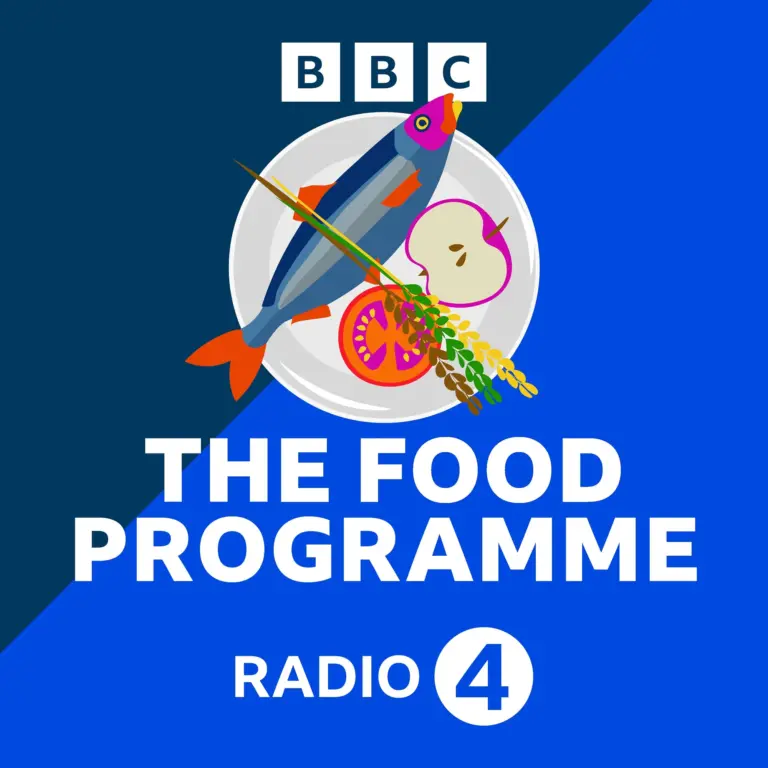
What's the future for one of the world's most successful and controversial crops, soya? It has become one of the main ingredients in feed for livestock, so crucial in meat production, and it's a major source of edible oil used in food processing and cooking, but have we become too dependent on the soya bean?
This year supplies of soya have tightened and the world price is approaching a record high. Because it's so widely used it has become a powerful trigger for food price inflation. For this reason, the food industry is now looking for alternative sources of protein.
The rise of the soya bean in the west has been a relatively recent development. Its history as a food crop in south east Asia goes back 5000 years as an ingredient for traditional foods like tofu, soya sauce, Tempe and soya milk. Then, in the 1930's, technology was developed in the United States that allowed the protein and oil in the soya bean to be extracted on a large scale.
From that point on it has become one of the most important and widely used ingredients in our food supply. In the last fifteen years alone, the global soya crop has doubled, most of which can be found in north America, Brazil, Argentina and Paraguay.
If world demand increases where will these new supplies of the soya bean come from? Dan Saladino reports on the latest trends.